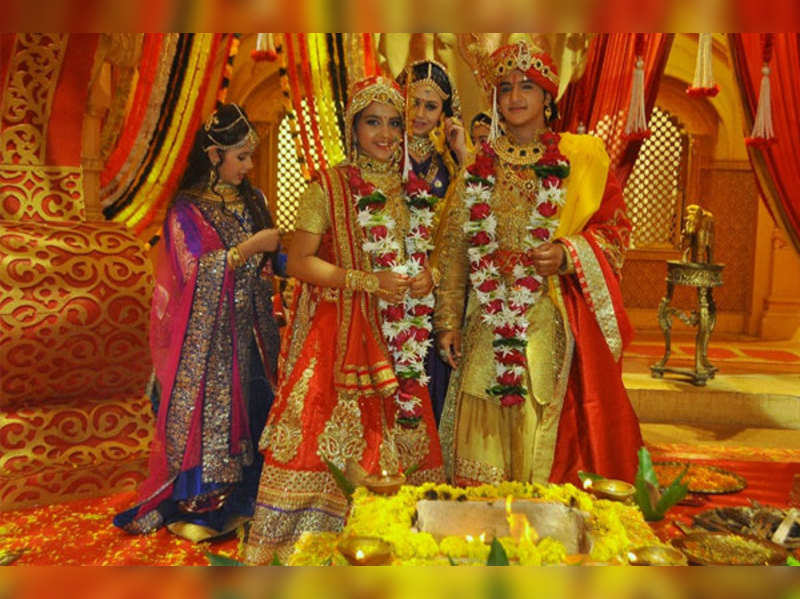

The warriors requested Rawat Ratan Singh the chief of Salumber to personate the Rana and assume the insignia of royalty in the latter’s absence. In 1527, when Maharana Sanga was injured in the battle of Khanwa, he was taken away from the field. The Battle of Khanwa saw the valour of over 300 of the Chundawat clan. We can notice here that Ratan Singh along with five of his sons and his brother fought in the battle of Khanwa with Rana Sanga against Babur. These were the prominent Chundawat chieftains of the 16th century who all laid down their fighting the invaders. His son took part in battles against Nawab Muhammad Shah of Malwa and Nawab Ahmadshah of Gujarat, he also took part in an attack on Nagor along with Rana Kumbha. Rawat Chunda himself outlived his half-brother Rana Mokal and continued to help Rana Kumbha establish his authority in Chittor. In all grants the lance of Salumbar still precedes the monogram of the Rana’.Ī study of the descendants of Rawat Chunda is even more interesting. As James Tod remarks ‘the first place in the councils, and stipulating that in all grants to the vassals of the crown, his symbol (the lance) should be superadded to the autograph of the prince. The Rawats of Salumber continued to play an very important role in the state affairs of Mewar till the time of Maharana Amar Singh.

To settle matters, Chunda sacrificed his claim to the throne and also declared that his successors will not stake claim to the throne.Ĭhunda became the Rawat of Salumber and established the Chundawat dynasty. The short-tempered Ranmal was adamant that Hansa will be the mother of the future Rana of Mewar. But due to a sequence of events ( We shall not go into it right now, there are two different stories about this, See * below), It was decided that Rana Lakha would marry Hansa. Rao Ranmal of Marwar had come with an alliance of his sister, Hansa, to the crown prince of Mewar. You might be thinking of Bhishma Pitamaha, but this answer is about Rawat Chunda, the Bhishma of Mewar.Įarly 15th century Mewar was very prosperous, was being ruled by Rana Lakha. Not only this, he also took the oath that he would forever remain loyal to the kingdom and that none of his descendants would stake claim to the throne. The prince sacrificed his claim to the throne to his half-brother who will be born of the marriage of his father and another girl. All was going well when destiny decided to turn tables. Several centuries ago, a young lad, hardly 18, prince of one of the most illustrious kingdoms was heir apparent to the throne- a post anyone would die for. In fact, it is preferable to die in the discharge of one’s duty, than to follow the path of another, which is fraught with danger. It is far better to perform one’s natural prescribed duty, though tinged with faults, than to perform another’s prescribed duty, though perfectly. Bhishma of Mewar: The Story of Chundawat Clan Epitome of Patriotism


 0 kommentar(er)
0 kommentar(er)
